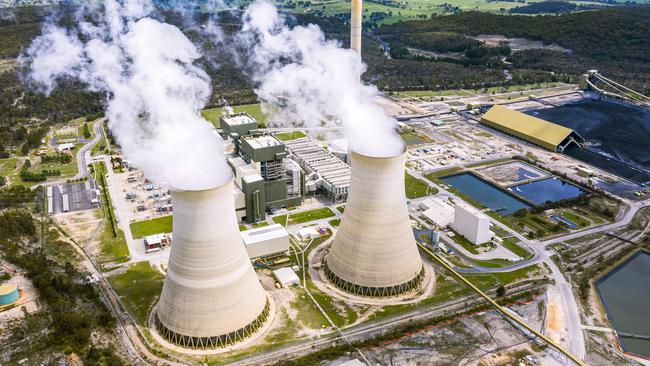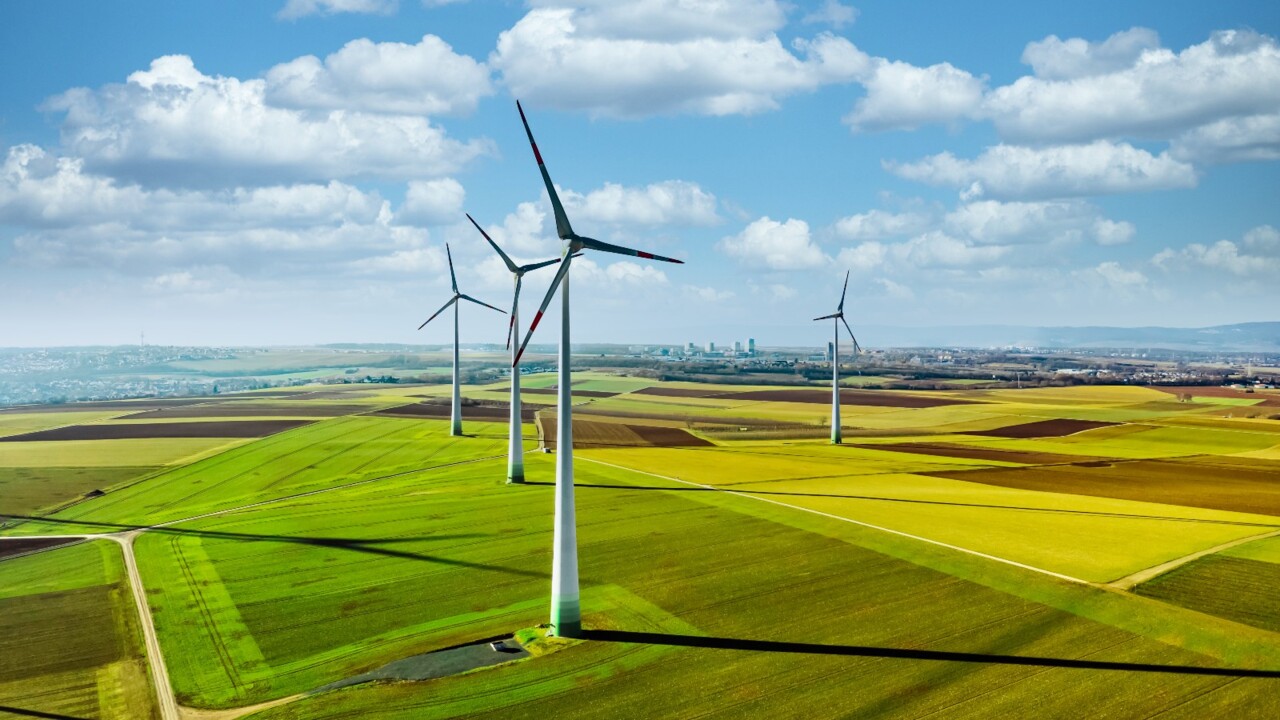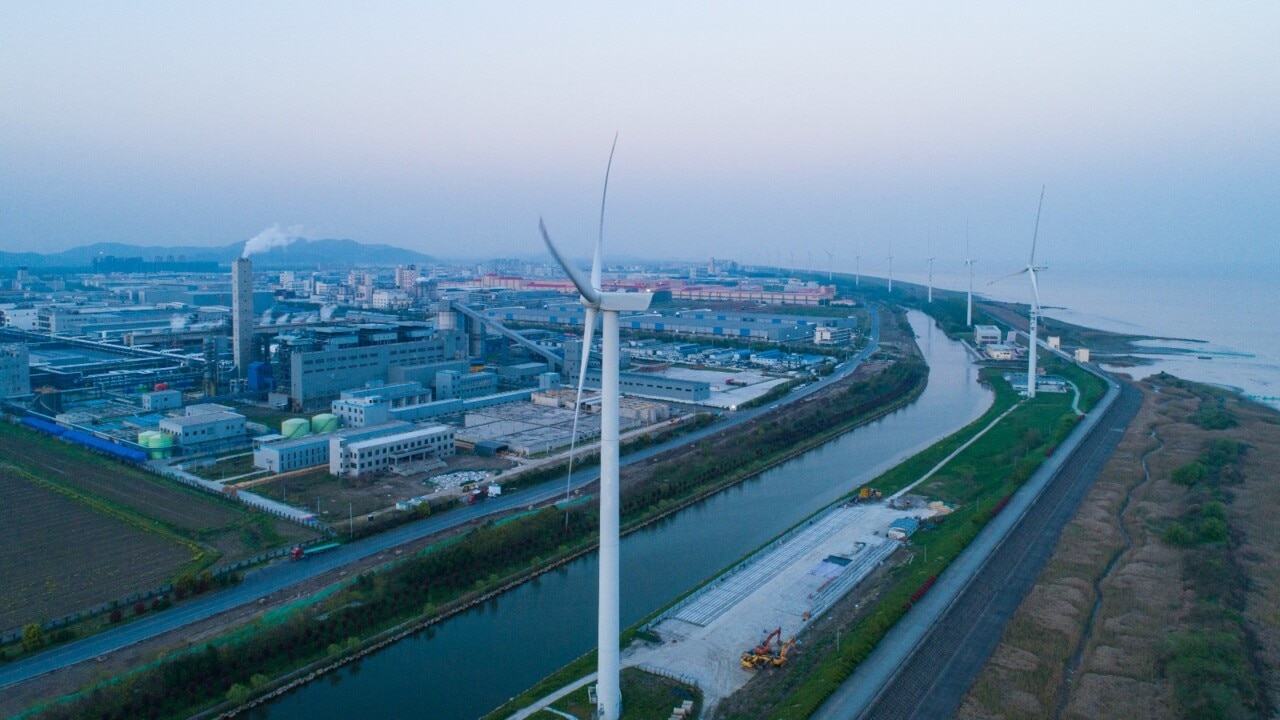Coal, gas payments for reliable power fix
Coal and gas power stations would receive payments to secure reliable supply and keep the ailing electricity system operating.

Coal and gas power stations would receive payments to secure reliable supply and keep Australia’s ailing electricity system operating, as the government faces pressure to avoid blackouts and fix the national energy crisis.
The Energy Security Board has rejected demands for the fossil fuels to be cut from its draft capacity mechanism, saying it was essential coal and gas plants did not exit the power grid before replacement renewables and storage generation were in place.
The mechanism would allow generators to be paid for guaranteeing standby supply to meet demand, helping to avoid a repeat of the current grid suspension and incentivise companies to invest in new energy capacity.
But the states will retain the final say over whether to include coal and gas in the mechanism amid calls for it to be focused on storage technologies to support more renewables.
“From an investor’s point of view, a capacity mechanism would reduce reliance on wholesale market outcomes that are becoming increasingly difficult to predict. It would provide an alternative revenue source that would be potentially more predictable and secure, rewarding the capacity service that the market needs,” the ESB said.
After a horror week which saw the entire national electricity market suspended, repeat warnings of blackouts and allegations from Anthony Albanese that generators were gaming the system, the ESB said offering incentives only to new clean energy and storage suppliers would hand them an unfair advantage over existing generators, including coal and gas.
“Providing payments to only new capacity would, all else being equal, give them a competitive advantage while at the same time reduce revenues for all capacity providers – through increased competition, which will drive prices down – and potentially make some uneconomic, thereby increasing the risk of a disorderly transition to net zero,” the ESB said.
The loss of a quarter of coal supply in recent weeks has contributed to soaring wholesale prices and the threat of power blackouts, underlining the need for the fossil fuel to remain in the electricity mix during the transition to a renewables-dominated energy system.

States and territories will be able to opt in to preferred energy technologies, meaning jurisdictions may still tweak the mechanism to avoid a fight over coal.
Victorian Energy Minister Lily D’Ambrosio said she wanted the fuels excluded from the mechanism, while big industry players have also indicated greater support for incentivising new generation rather than including the fossil fuel in the power market fix.
While Victoria has a target of 50 per cent renewables by 2030, the ESB also warns the state faces a threat from a renewables drought – extended periods of low wind and solar – which could lead to a “significant and sustained gap” between demand and clean energy generation. Back-up power or supplies from other states could be needed to fill the gap.
Simon Holmes A Court, whose Climate 200 group helped sponsor the teal independents at the federal election, said the mechanism should focus on storage to back up renewables.
“The sooner we expand storage the sooner we can close existing coal and gas. Anything that prolongs the life of coal and gas must be rejected,” he said on the weekend.
New back-up generation will be provided with extra financial support under the scheme in the form of longer term contracts, a recognition of the challenges faced by the industry in bringing on new supply amid a highly volatile energy system. Existing capacity providers would only be eligible for single-year contracts.
Extra costs for households and power users from the scheme will be balanced through prioritising lower cost investments with payments only to be made to generators where benefits to consumers can be demonstrated.

Pushing ahead with the power policy may prove problematic given fears it could result in higher household bills. Labor’s promise to slash $275 from household electricity bills by 2025 is in jeopardy after Mr Albanese refused to commit to the key election pledge amid the worsening energy crisis.
Millions of Australians already face paying hundreds of dollars a year more for their energy bills when new rates kick in from July 1,
A final recommendation on the mechanism is due to be sent to Australia’s energy ministers by the end of 2022 with the reform operational by July 2025 at the latest.
The deadline reflects the risk of a forecast supply gap in the NSW market that same year amid the expected closure of Australia’s largest coal plant – Eraring – by mid-2025.
“AEMO has projected that a reliability gap could emerge in New South Wales from as early as 2025-26, if additional investment does not occur in the intervening years, immediately following the announced withdrawal of Eraring Power Station. This highlights the urgency of the task ahead.”
Several big players, including Vales Point co-owner Trevor St Baker, contacted The Australian over the weekend saying it was essential coal remained in the mechanism so plants were not forced out early.
However, the ESB was also at pains to point out the inclusion of the fuel should not be seen as extending the life of coal stations.
“For the avoidance of doubt, the purpose of a capacity mechanism is not to extend the lifespan of ageing coal generators,” the ESB said, noting plants were under pressure due to renewables which had cut their capacity and increased maintenance costs.”
“Instead, the capacity mechanism would provide more targeted incentives to ensure replacement capacity arrives when it is needed, giving greater assurance that the exit of these generators will be well managed.”





